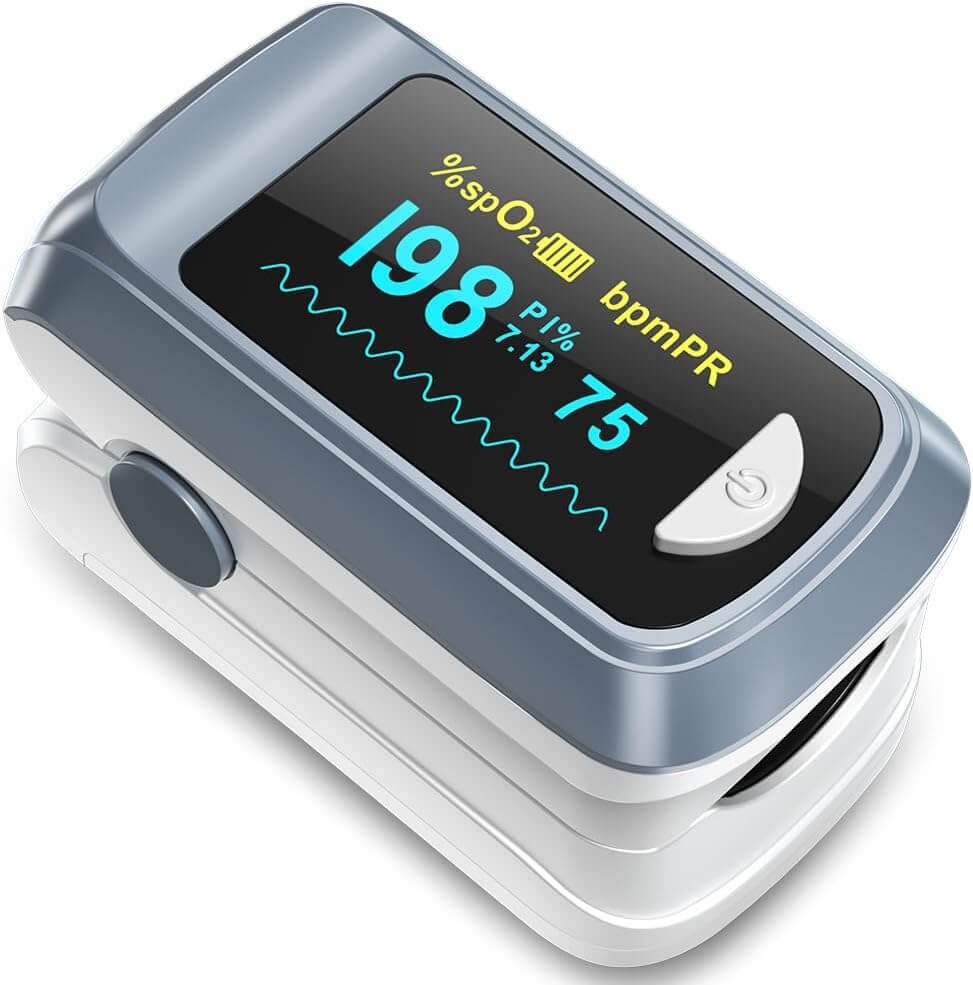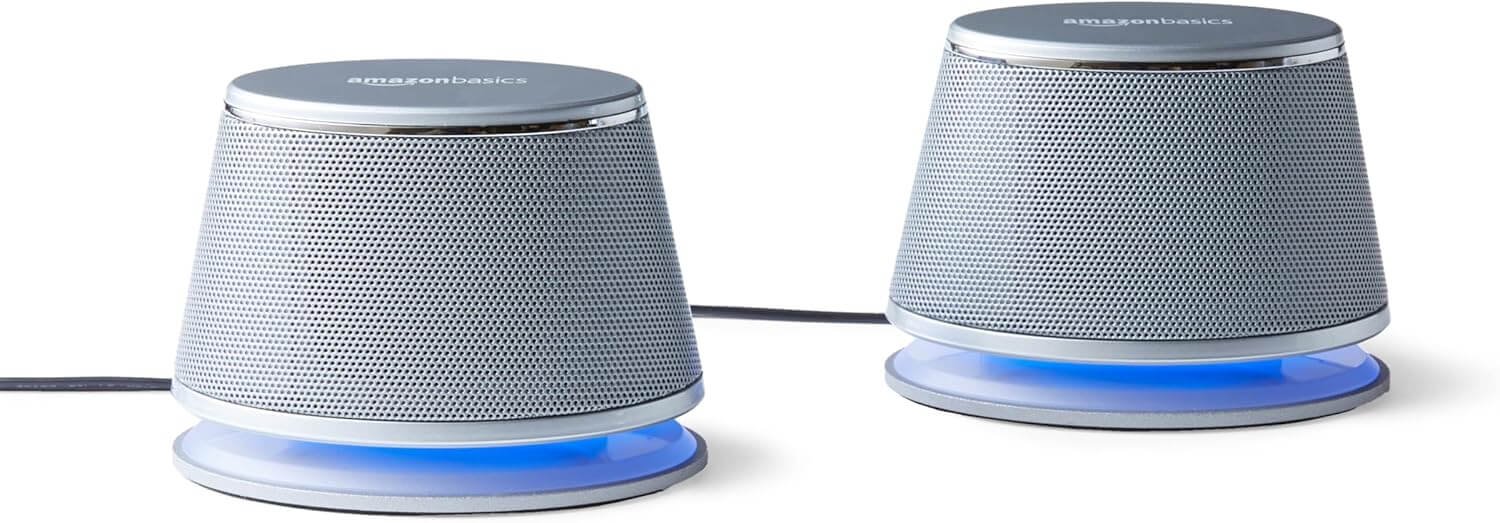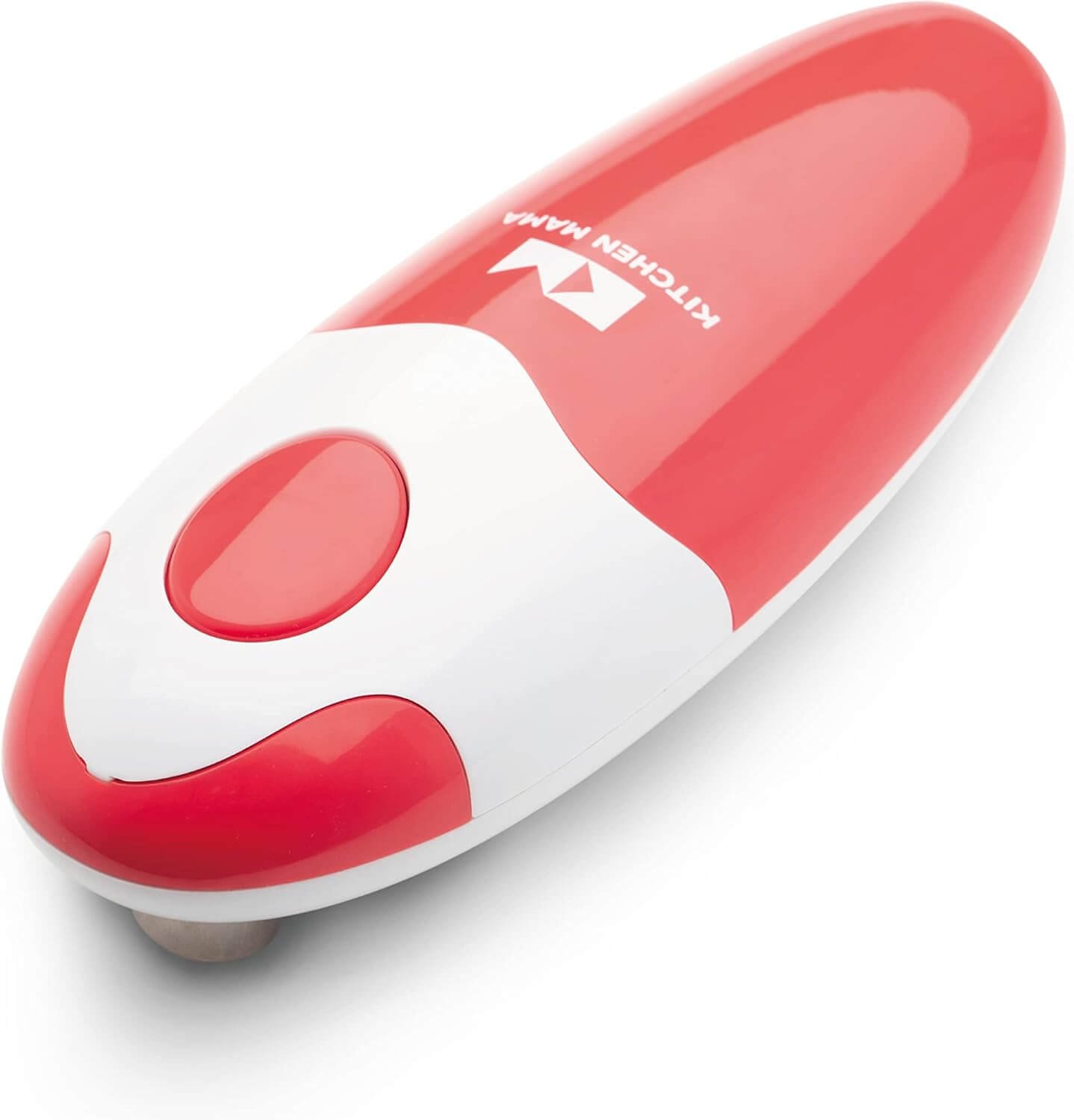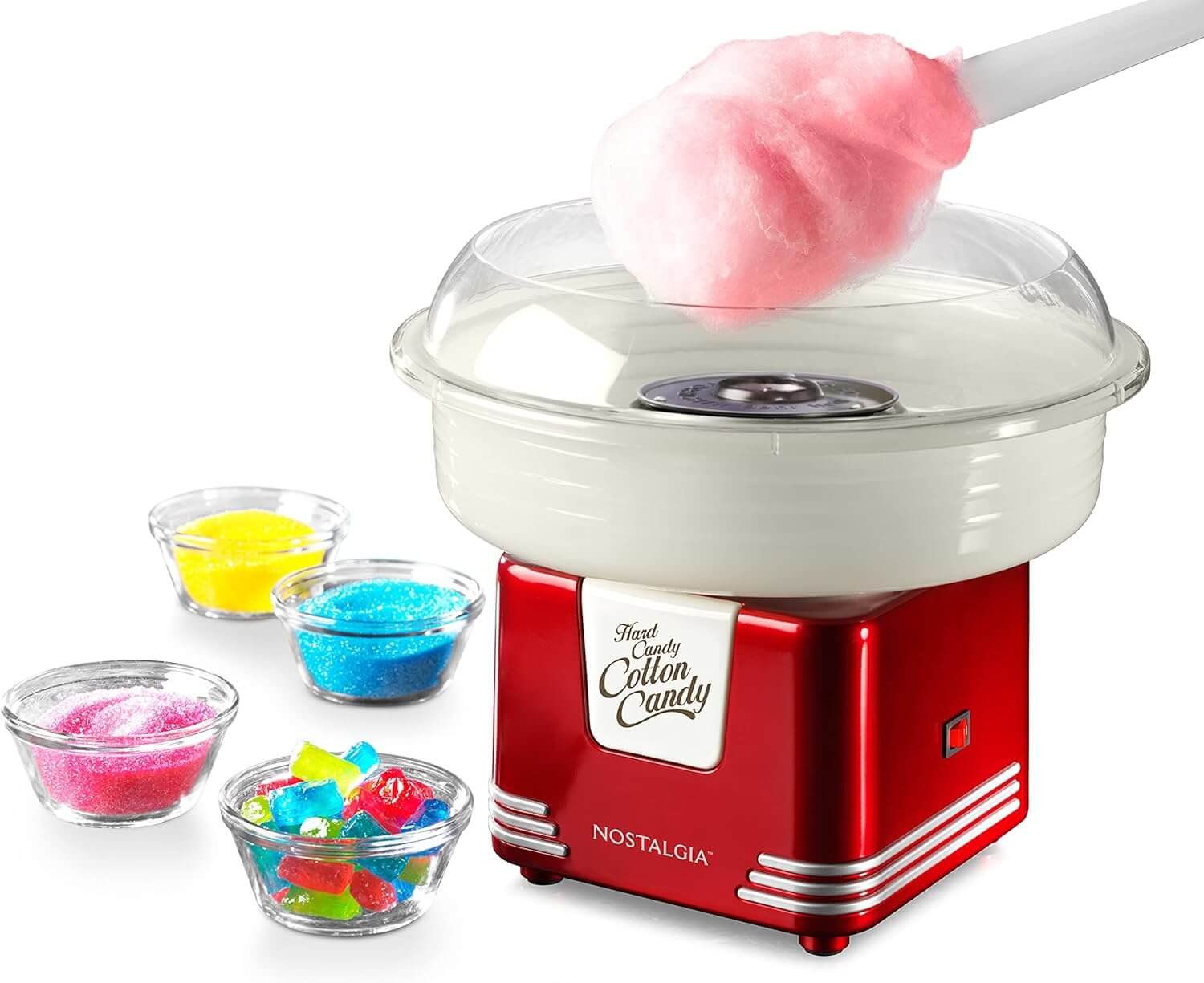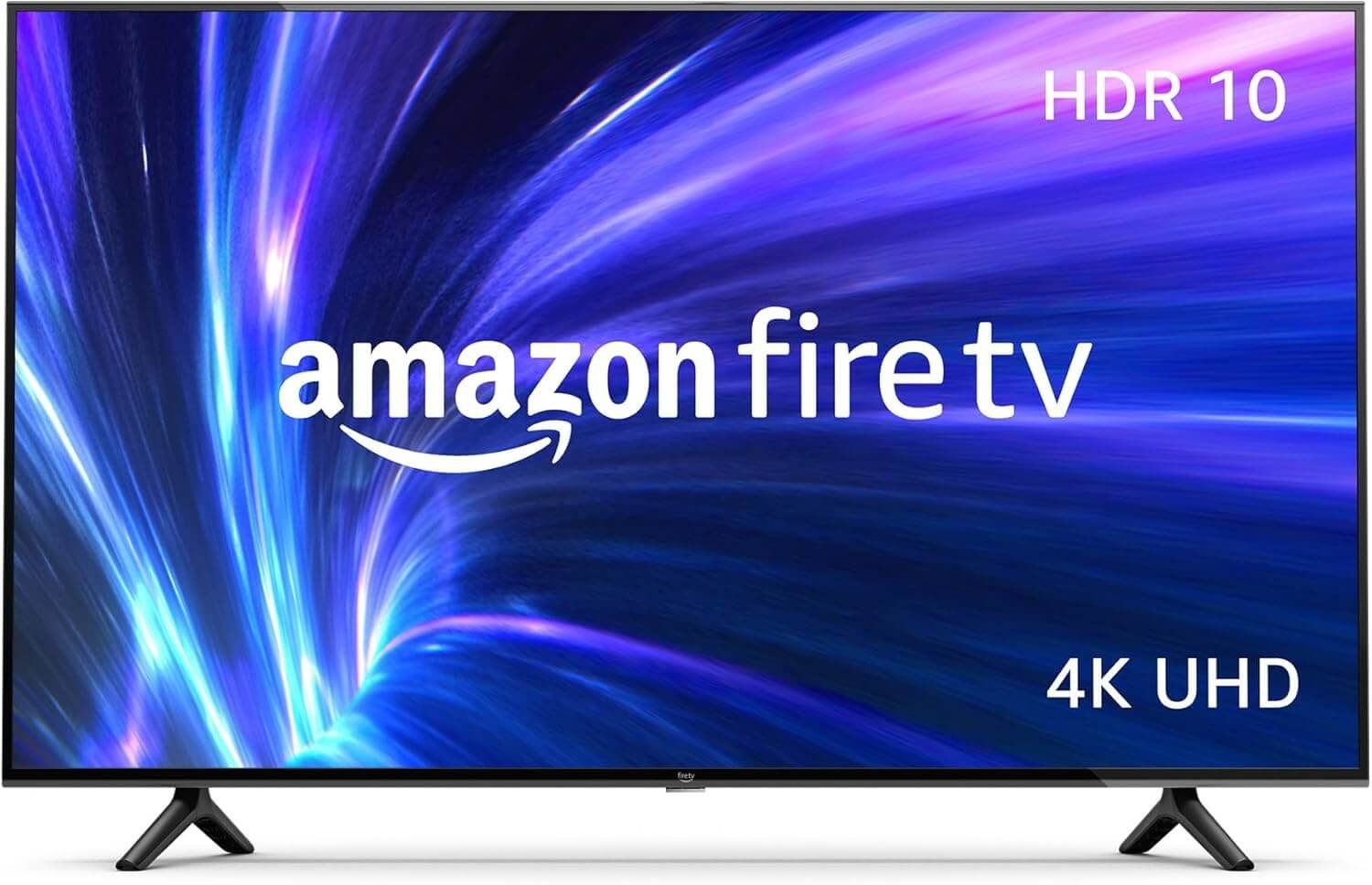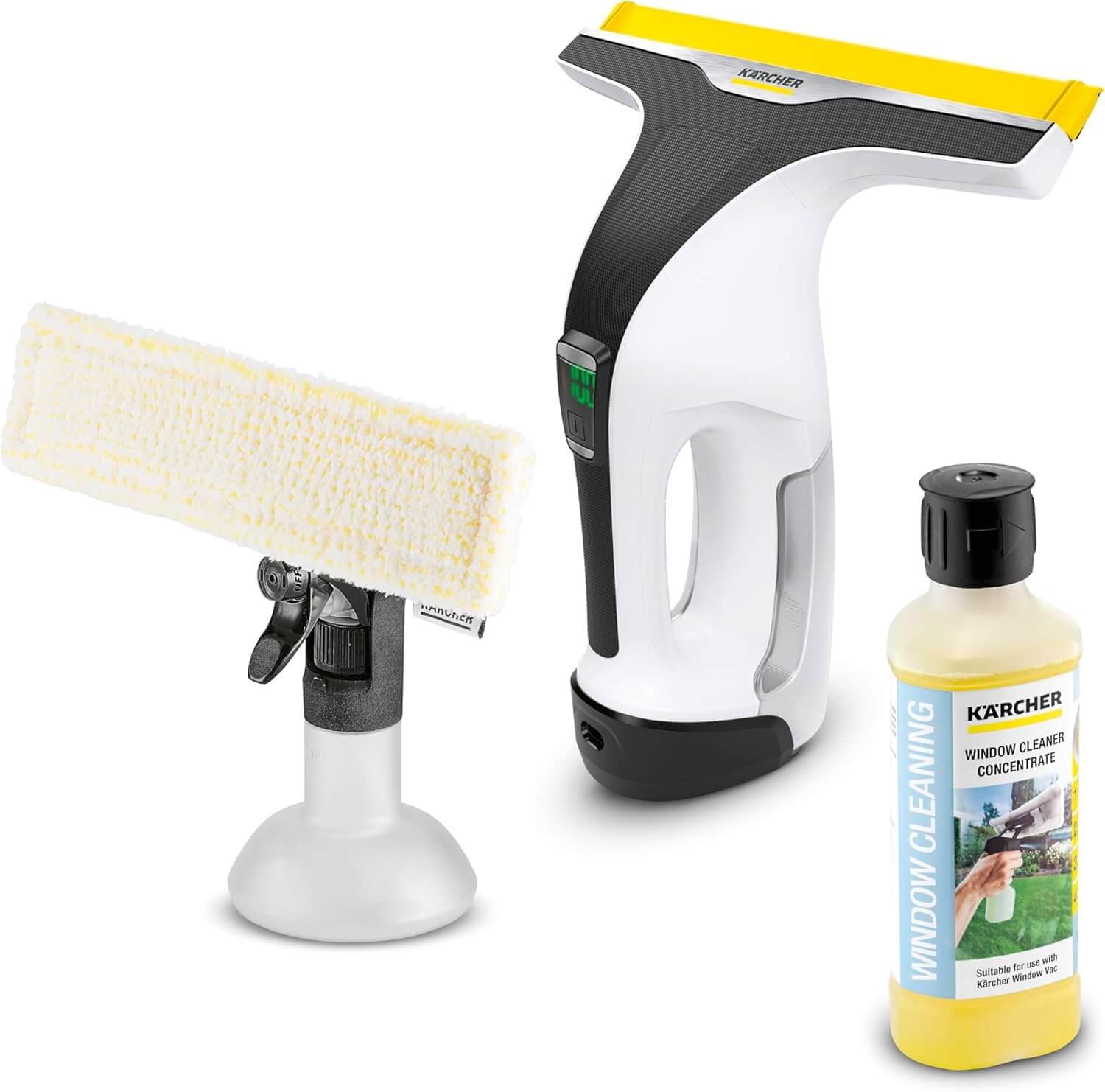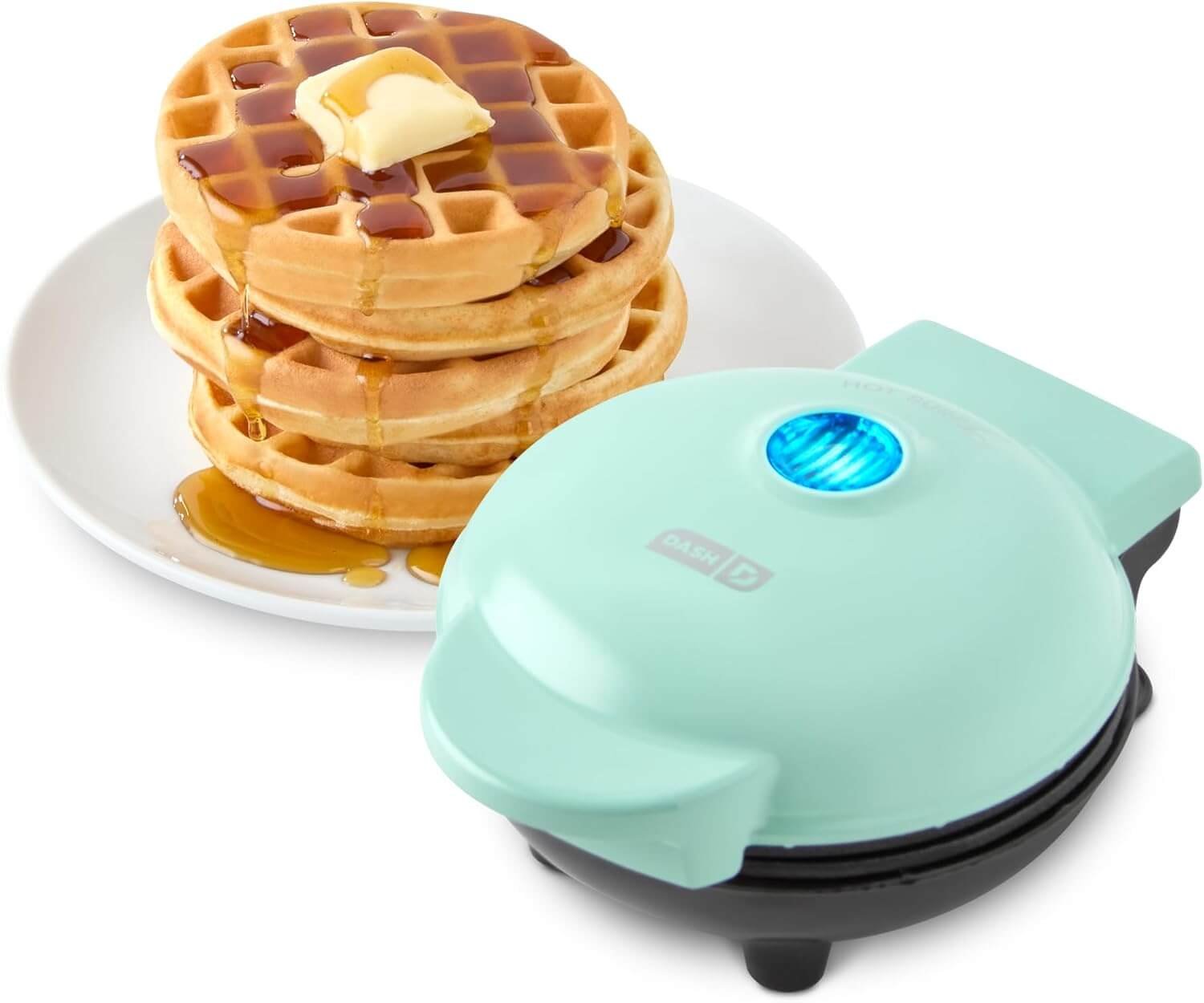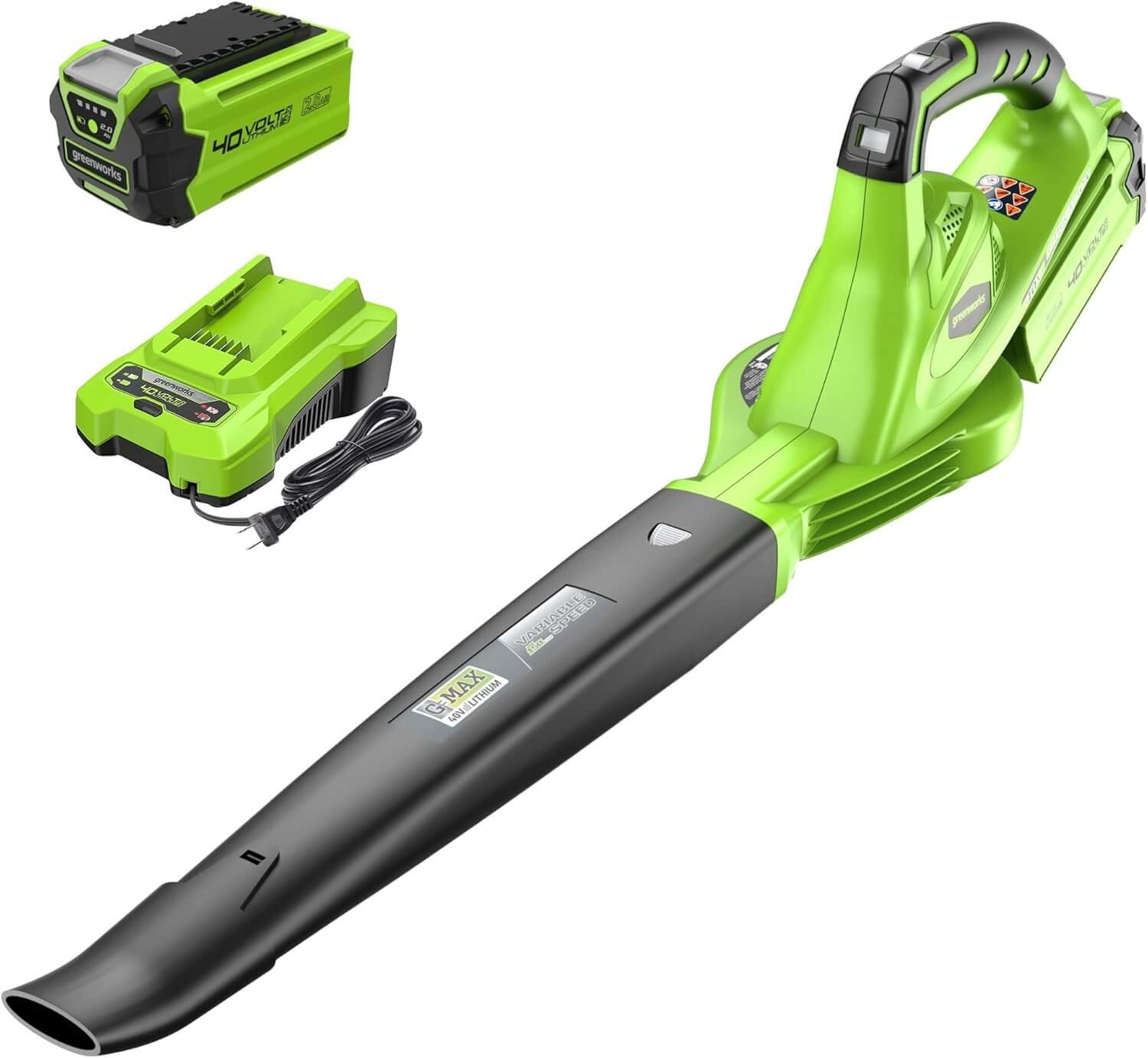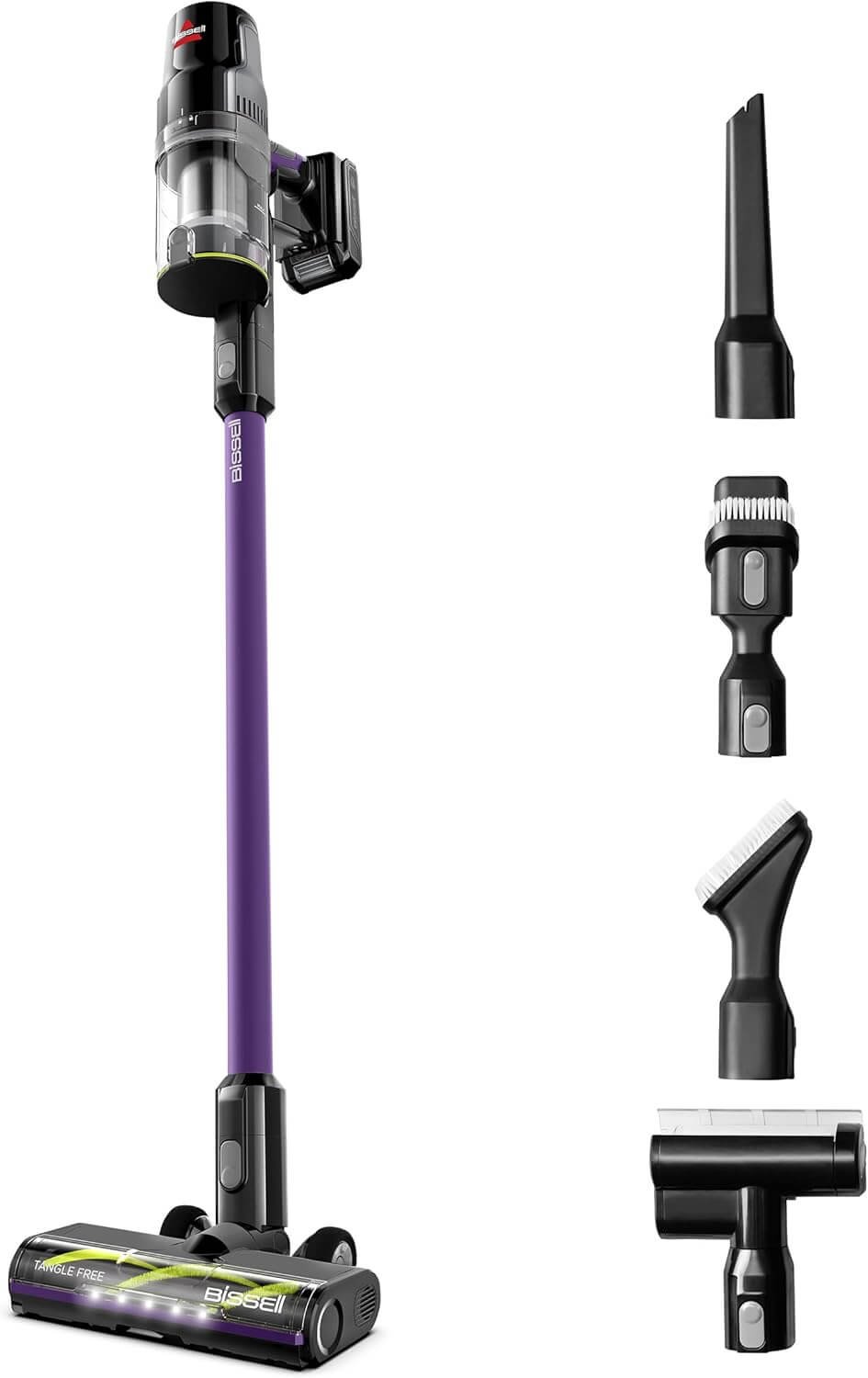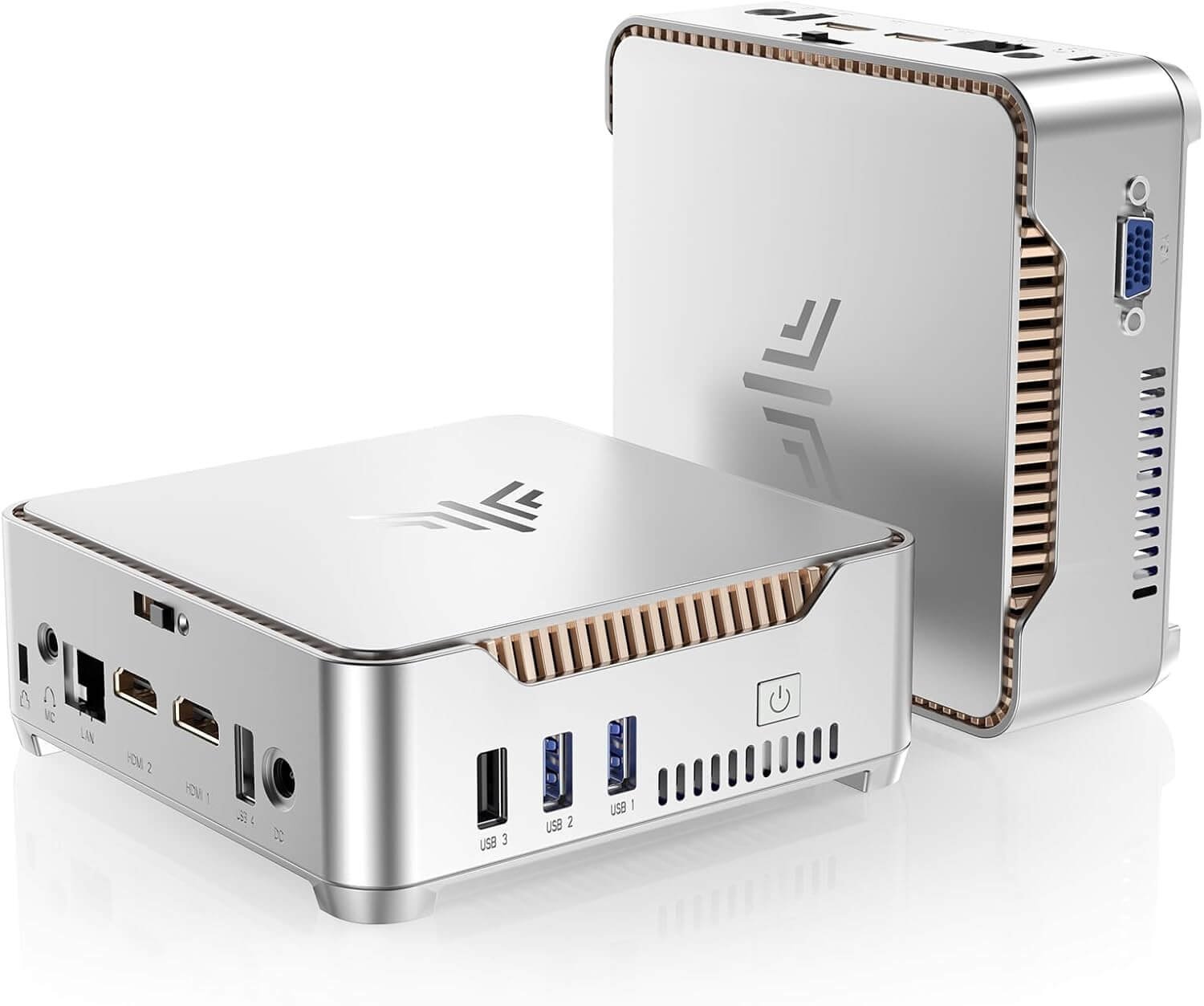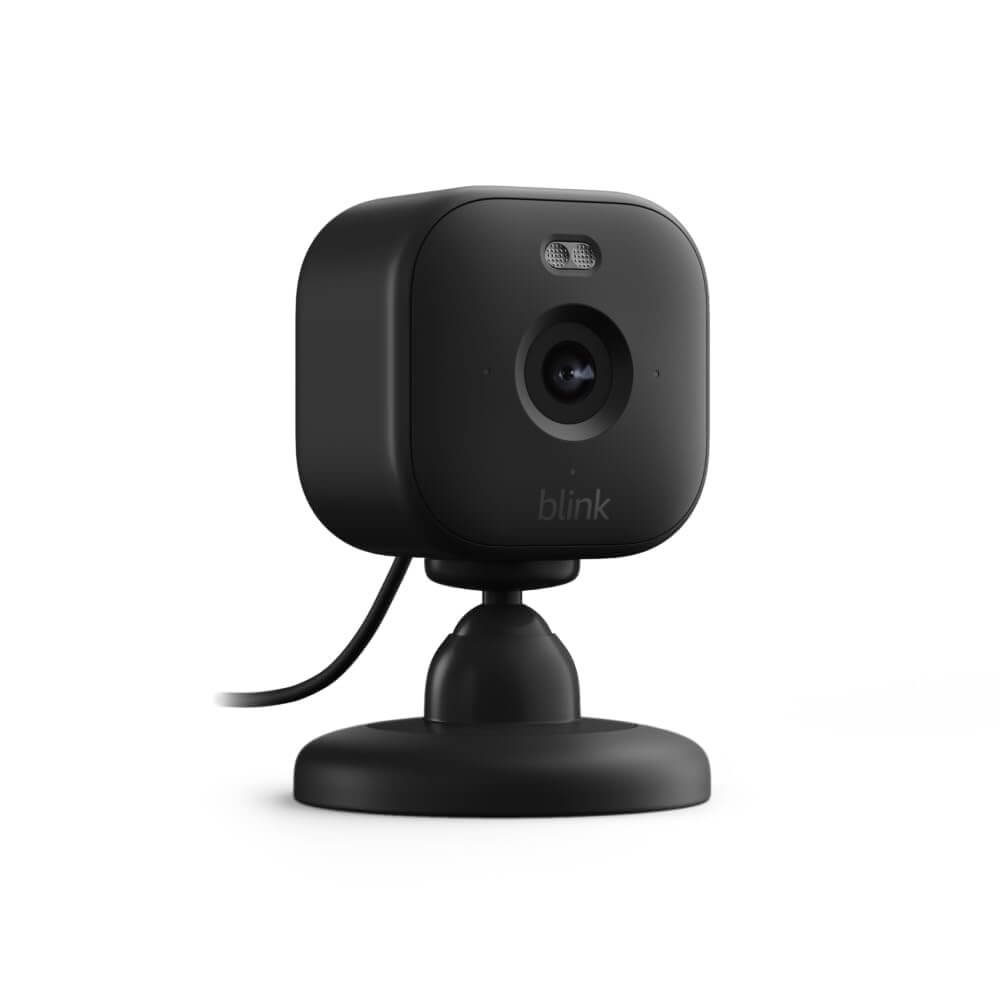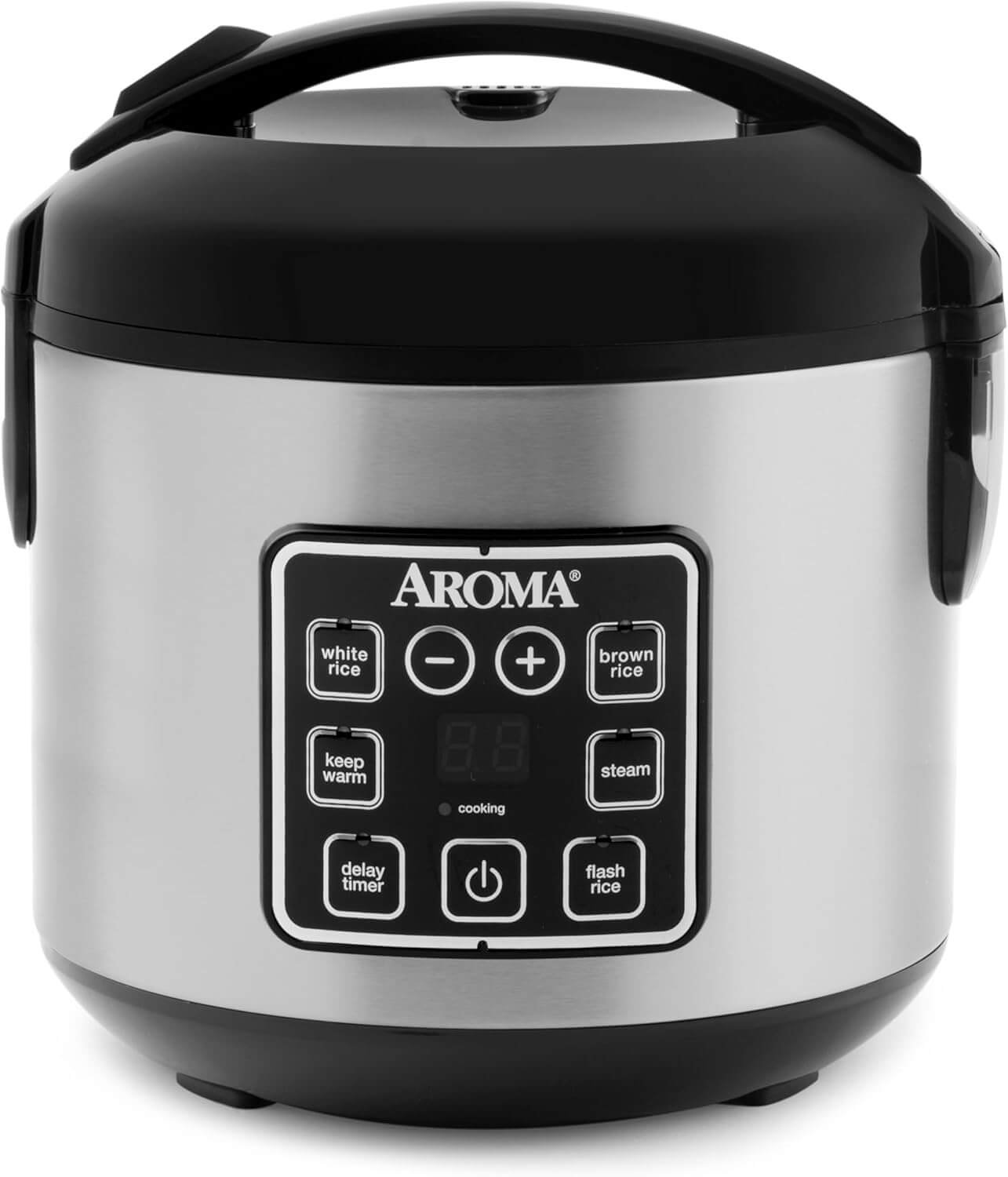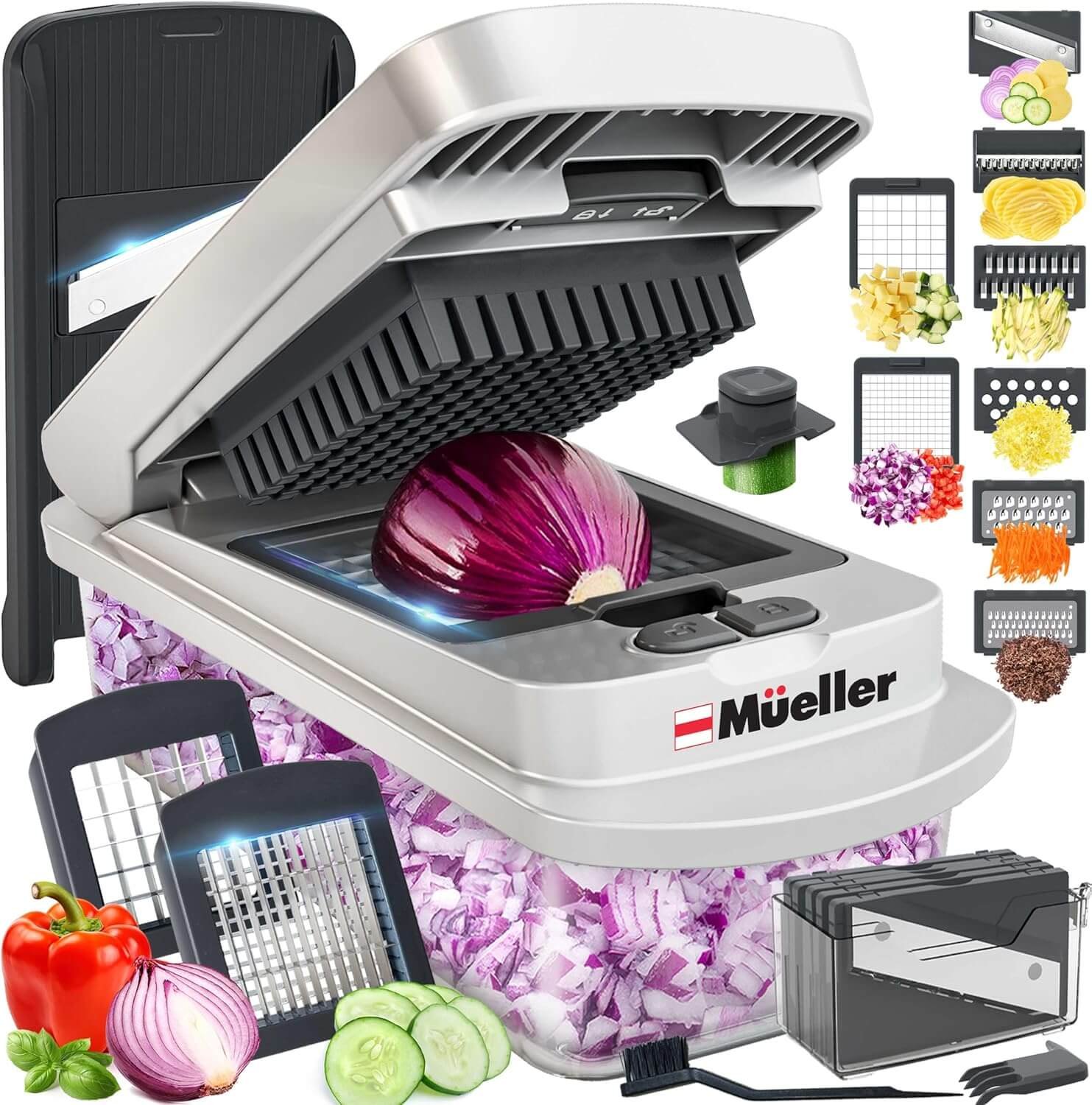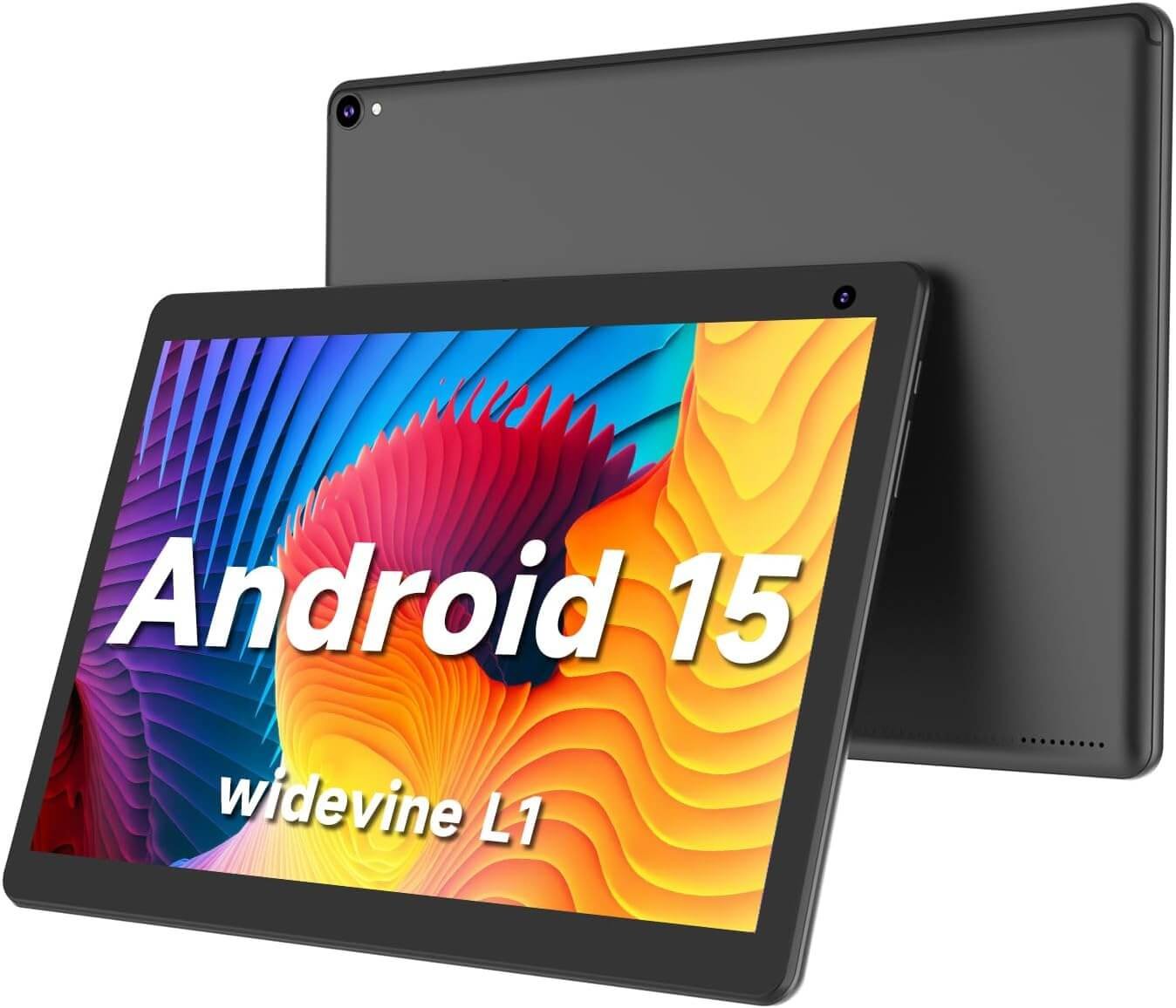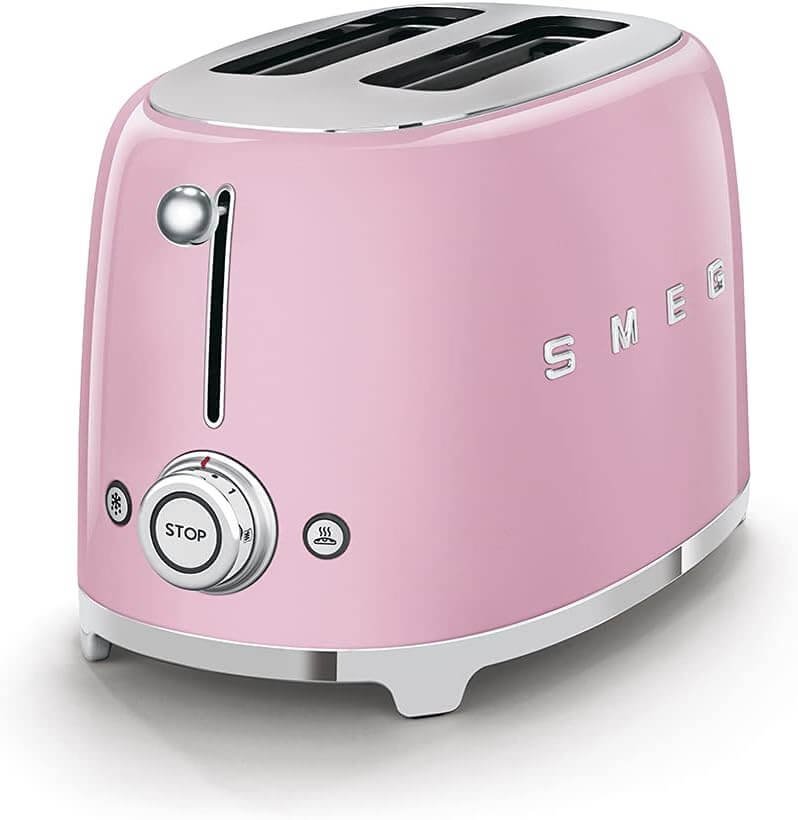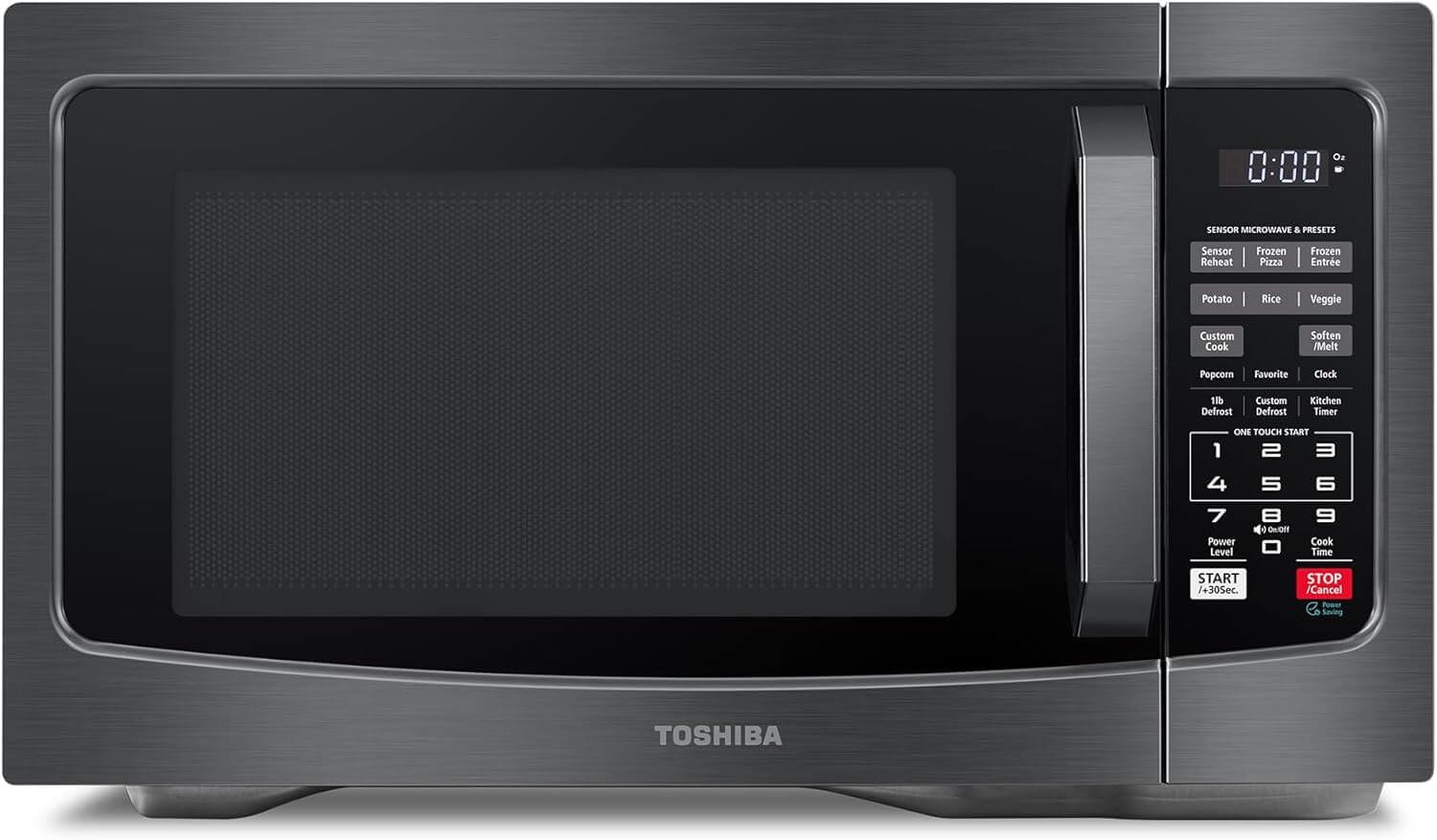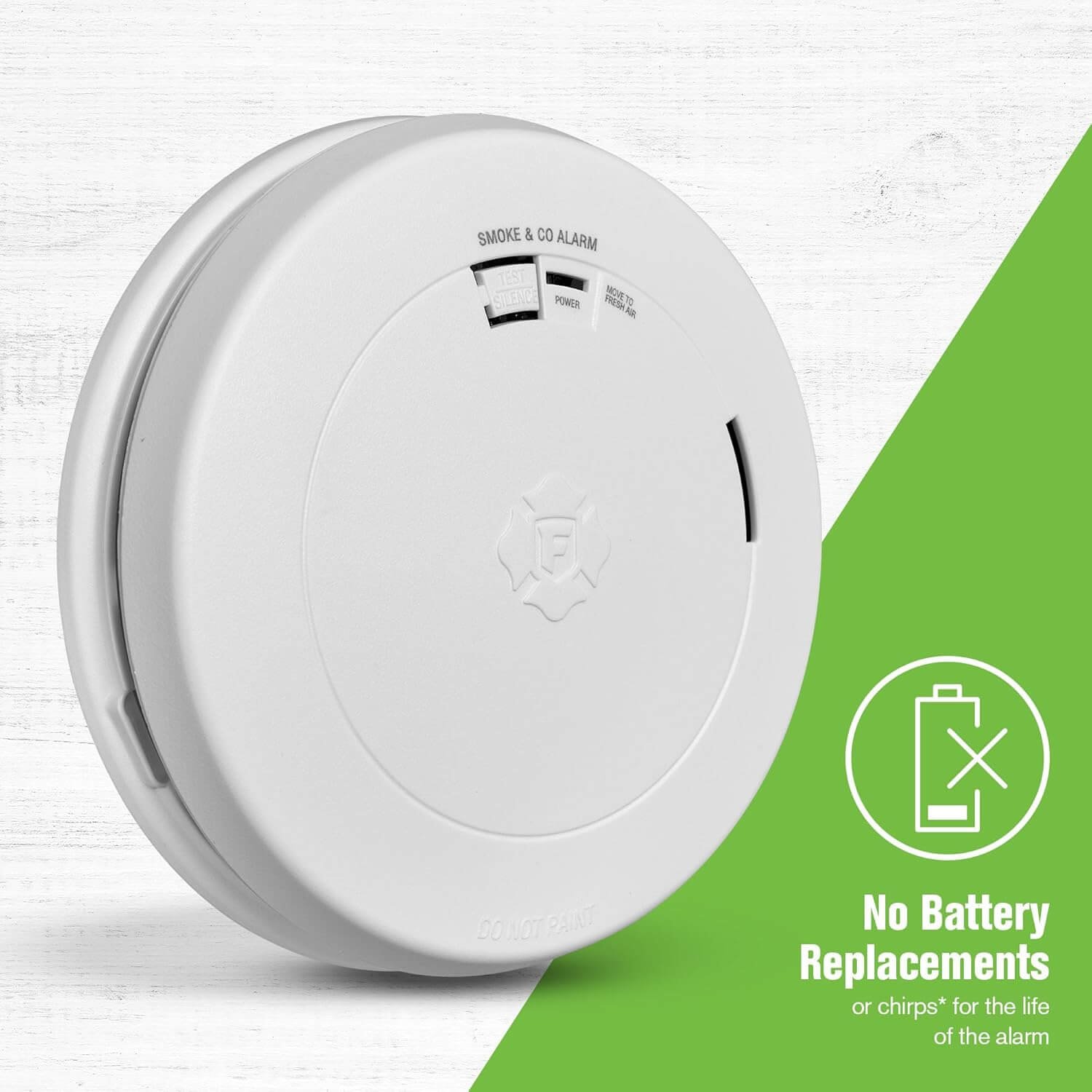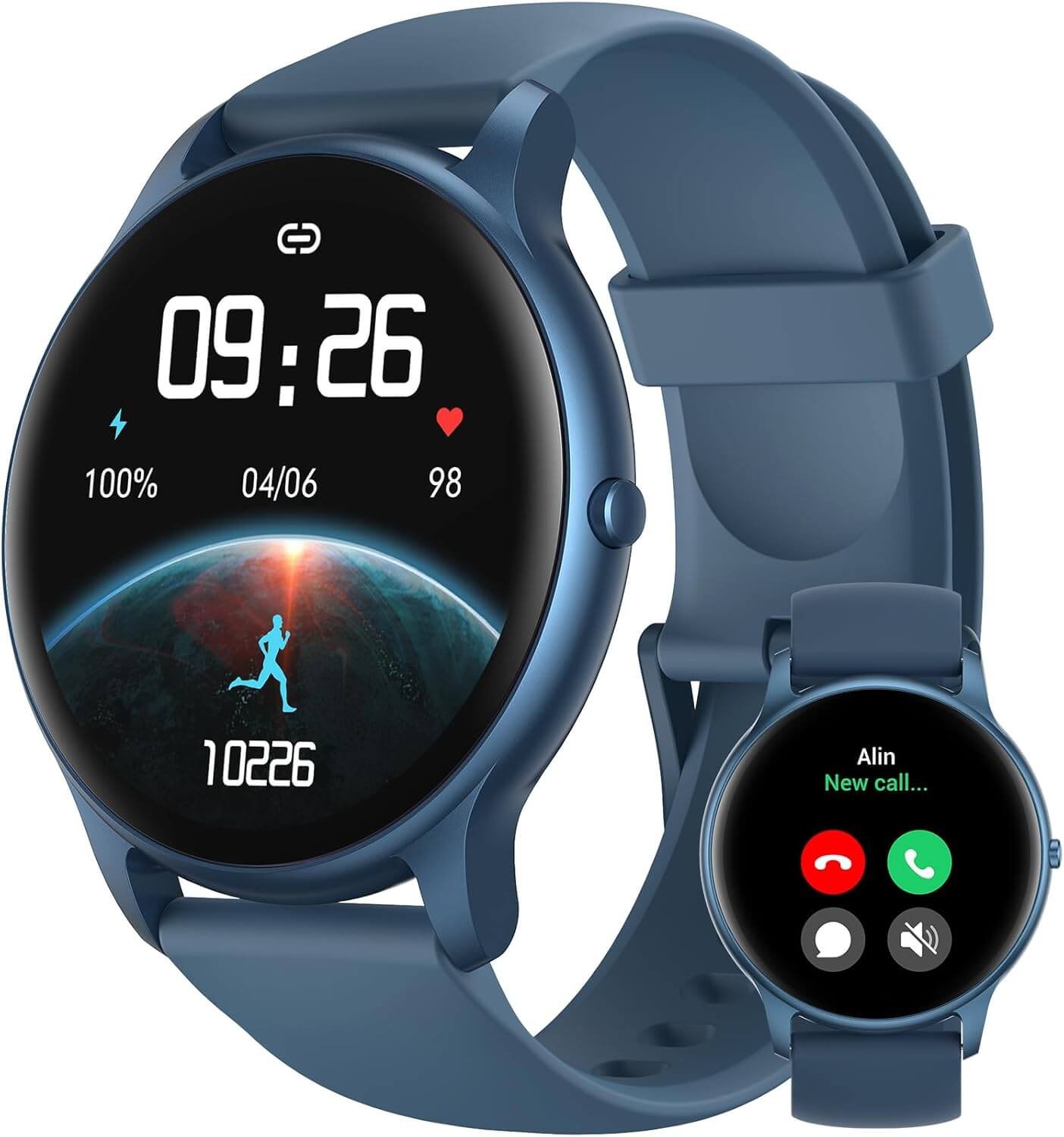Introduction to Pulse Oximeters
Pulse oximeters are non-invasive medical devices designed to measure the oxygen saturation level in a person’s blood, specifically referred to as SpO2. These instruments play a pivotal role in the assessment of an individual’s respiratory function and overall health. By facilitating real-time monitoring, fingertip pulse oximeter blood oxygen saturation monitors provide users with immediate feedback regarding their oxygen levels and heart rate, which are crucial indicators of vital health metrics.
The technology behind pulse oximeters is both sophisticated and user-friendly, employing light-emitting diodes (LEDs) and photodetectors to gauge the absorption of specific wavelengths of light through a patient’s skin, typically at the fingertip. By comparing the amount of light absorbed by oxygenated and deoxygenated hemoglobin, these devices can accurately estimate the oxygen saturation levels in arterial blood. This technological advancement allows for quick assessments that are particularly beneficial in various healthcare settings, including hospitals, clinics, and home care environments.
Monitoring blood oxygen saturation is significant for various populations, including those with pre-existing respiratory conditions such as chronic obstructive pulmonary disease (COPD), asthma, or pneumonia. Even healthy individuals may find value in keeping track of their oxygen levels during periods of physical exertion or altitude changes. Additionally, pulse oximeters serve a crucial function in emergency medical situations, where rapid assessment of oxygenation is vital for patient management. The ability to utilize a fingertip pulse oximeter blood oxygen saturation monitor enables timely medical interventions that can mitigate potential health risks, ensuring that individuals maintain optimal oxygenation in response to their unique health circumstances. As awareness of personal health management grows, the use of pulse oximeters is likely to expand, underscoring their significance in modern healthcare.
How a Fingertip Pulse Oximeter Works
A fingertip pulse oximeter blood oxygen saturation monitor operates based on the principle of light absorption. The device typically consists of a light-emitting diode (LED) that emits light at two specific wavelengths, usually red light (around 660 nm) and infrared light (around 940 nm). When the fingertip is inserted into the oximeter, these light waves penetrate the skin and are partially absorbed by the blood. The blood’s composition determines how much light passes through, which varies between oxygenated and deoxygenated hemoglobin.
The device uses a photodetector to measure the amount of light that is transmitted through the fingertip. By analyzing the ratio of absorbed light at both wavelengths, the fingertip pulse oximeter can calculate blood oxygen saturation levels, known as SpO2. This ratio reflects the varying levels of oxygen in the bloodstream and is crucial for gauging respiratory health. The unit can provide readings usually within a few seconds, making it a convenient option for monitoring wellbeing in both clinical and home environments.
Most fingertip pulse oximeters are known for their high accuracy and reliability. They can provide accurate SpO2 readings in a range of physiological and environmental conditions, allowing healthcare providers and individuals alike to make informed health decisions. Factors such as motion, skin pigmentation, and the presence of artificial nails or skin conditions can sometimes influence the accuracy of readings, but many modern devices are equipped to handle these variables effectively. Regularly using a fingertip pulse oximeter can be beneficial for those with respiratory issues, heart conditions, or anyone needing to monitor their oxygen levels frequently.
Key Features of the Fingertip Pulse Oximeter
The fingertip pulse oximeter blood oxygen saturation monitor is a compact and user-friendly device that serves essential health monitoring functions. One of its standout features is the vibrant OLED screen, which displays critical data such as blood oxygen saturation levels (SpO2) and pulse rate in real-time. The clarity and contrast of the OLED display enhance the user experience, allowing users to easily read their health metrics even in varied lighting conditions. This aspect is particularly beneficial for individuals who may have visual impairments or those using the device in low-light environments.
Another significant feature of the fingertip pulse oximeter is its fast SpO2 readings. The device typically provides results within seconds, making it a convenient tool for quick health assessments. This rapid response time is crucial for anyone monitoring their oxygen levels due to respiratory conditions or during physical activities such as exercise and outdoor adventures. Users can promptly identify any fluctuations in their oxygen saturation and respond appropriately, promoting better health management.
In addition to monitoring SpO2 levels, many fingertip pulse oximeters also provide heart rate monitoring. This dual functionality allows users to keep track of their cardiovascular health alongside their oxygen saturation levels, giving a more comprehensive view of their overall well-being. Moreover, the inclusion of practical accessories, such as a lanyard, enhances the device’s portability. Users can conveniently wear the pulse oximeter around their neck or attach it to a bag, ensuring they have access to their health metrics at any time. Collectively, these features underscore the effectiveness of the fingertip pulse oximeter blood oxygen saturation monitor as a practical tool for health monitoring at home or on the go.
Benefits of Monitoring Blood Oxygen Levels
Regularly monitoring blood oxygen levels with a fingertip pulse oximeter blood oxygen saturation monitor offers a range of health benefits that contribute to both physical well-being and overall quality of life. Maintaining optimal levels of oxygen saturation (SpO2) is crucial, as oxygen is fundamental to bodily functions such as energy production, cognitive performance, and metabolic processes. By tracking SpO2 levels, individuals can ensure they are receiving adequate oxygen, which can enhance overall health.
For athletes, the use of a fingertip pulse oximeter can be particularly advantageous. Monitoring blood oxygen levels allows athletes to assess their respiratory efficiency during training and optimize performance. By ensuring that their SpO2 levels remain within the ideal range, athletes can enhance endurance and recovery, ultimately improving their competitive edge. Furthermore, athletes can notice when their bodies may need rest or adjustment in training intensity based on significant fluctuations in their oxygen levels.
Individuals with respiratory conditions, such as chronic obstructive pulmonary disease (COPD) or asthma, also significantly benefit from the continuous monitoring provided by a pulse oximeter. For these individuals, maintaining suitable blood oxygen saturation is vital for optimal respiratory health and symptom management. Regular monitoring helps detect potential drops in SpO2 levels early, allowing timely interventions that can prevent complications, thereby promoting better health outcomes.
Additionally, those recovering from surgical procedures or experiencing conditions that impact lung function can utilize a fingertip pulse oximeter blood oxygen saturation monitor to track their recovery process. Maintaining an appropriate oxygen saturation level is crucial during recovery, as it aids in healing and reduces the risk of postoperative complications. Thus, consistently monitoring blood oxygen levels serves as a valuable tool for various population groups, ensuring they remain within a healthy range and supporting overall wellness.
Who Should Use a Pulse Oximeter?
A fingertip pulse oximeter blood oxygen saturation monitor serves a wide range of individuals, making it a valuable tool in various scenarios. Primarily, it is essential for patients managing chronic respiratory conditions such as Chronic Obstructive Pulmonary Disease (COPD) or asthma. These individuals benefit significantly from monitoring their blood oxygen levels, as it helps them recognize worsening symptoms and seek timely medical intervention. Maintaining optimal blood oxygen saturation is crucial for avoiding complications related to these conditions.
Athletes are another key demographic that finds the use of a pulse oximeter beneficial. Engaging in high-intensity training or altitude sports can lead to fluctuations in oxygen saturation levels. By utilizing a fingertip pulse oximeter, athletes can track their oxygen levels and ensure they are training in optimal conditions. This monitoring can improve performance, allowing them to adjust their routines based on their oxygen saturation readings and overall physical response.
Seniors, who often experience decreased respiratory efficiency, greatly benefit from having a blood oxygen saturation monitor at their disposal. Regularly monitoring oxygen levels can empower elderly individuals to maintain their health and communicate effectively with healthcare providers regarding potential issues. Similarly, those in the general public who are health-conscious and interested in wellness can leverage a pulse oximeter to gain insights into their cardiovascular health and overall fitness. In this way, everyday individuals can stay informed about their body’s functionality, allowing for informed lifestyle choices.
In summary, the fingertip pulse oximeter blood oxygen saturation monitor is an invaluable device for a diverse audience. From patients with chronic conditions to athletes and health-conscious individuals, its utility spans beyond clinical settings, supporting proactive health management across age groups and lifestyles.
Why Choose a Fingertip Pulse Oximeter?
The fingertip pulse oximeter blood oxygen saturation monitor stands out as a highly effective device for measuring oxygen levels in the blood due to several compelling reasons. One of the primary advantages is its exceptional ease of use. Unlike more complex medical devices, a fingertip pulse oximeter provides an intuitive interface that allows users to obtain readings with just the press of a button. This simplicity makes it an ideal choice for both medical professionals and individuals at home who may not have extensive training in monitoring oxygen levels.
Portability is another significant factor that makes the fingertip model an attractive option. These devices are lightweight and compact, making them easy to carry in a pocket or bag. This convenience enables users to monitor their blood oxygen saturation levels on the go, providing peace of mind for those with respiratory conditions or other health concerns. In contrast, other types of pulse oximeters, such as those that require a more elaborate setup or are larger in size, can be cumbersome and less practical for regular use.
Moreover, affordability plays a crucial role in the appeal of fingertip pulse oximeters. They are generally less expensive than their hospital-grade counterparts, making them accessible to a wide range of consumers. This cost-effectiveness allows individuals to purchase a reliable blood oxygen saturation monitor without straining their budgets, thereby encouraging proactive management of health conditions.
In comparison to other pulse oximeter options, fingertip models also tend to deliver accurate results in a fraction of the time. The rapid readings help users make timely decisions concerning their health, which is particularly important in emergency situations or when managing chronic illnesses. Overall, the fingertip pulse oximeter blood oxygen saturation monitor combines ease of use, portability, and affordability, making it a preferred choice for personal health monitoring.
How to Choose the Right Pulse Oximeter
Selecting the appropriate fingertip pulse oximeter blood oxygen saturation monitor is crucial for ensuring accurate readings and overall reliability in monitoring health. The first consideration is accuracy; it is essential to choose a device that provides precise blood oxygen saturation measurements, especially if it is intended for medical purposes. A high-quality pulse oximeter will have undergone rigorous testing to validate its accuracy against clinical standards.
The display quality should not be overlooked either. A clear, easy-to-read display is vital, particularly for those who may have vision impairments. Look for pulse oximeters with larger font sizes and good contrast, making it easier to view the readings at a glance. Some models also offer customizable display settings, which can be beneficial for users with specific needs.
Battery life is another critical factor, as it dictates how often the device needs to be charged or have its batteries replaced. Opt for a fingertip pulse oximeter blood oxygen saturation monitor that boasts a long battery life to avoid frequent interruptions in usage. Many modern devices offer extended power efficiencies, with some even featuring low battery indicators.
Additionally, consider any extra features that may enhance the user experience. Some pulse oximeters include built-in alarms that alert users when oxygen saturation levels drop below a certain threshold. Others may connect to smartphone applications for enhanced data tracking and monitoring. When evaluating options, it’s also advisable to read customer reviews. Seek feedback on the device’s performance to gain insights into its reliability and ease of use.
By focusing on these crucial aspects—accuracy, display quality, battery life, and additional features—you will be better equipped to select the right fingertip pulse oximeter blood oxygen saturation monitor that meets your individual needs.
What Users Are Saying
The fingertip pulse oximeter blood oxygen saturation monitor has garnered a considerable amount of attention, particularly among users seeking reliable health monitoring solutions. Feedback from various individuals emphasizes the device’s effectiveness and convenience in daily health assessments. Many users appreciate how easy it is to use the fingertip pulse oximeter, requiring minimal effort to obtain accurate readings. One user noted, “I simply place my finger in the device for a few seconds, and I have my blood oxygen levels and pulse rate immediately. It’s incredibly straightforward!”
Furthermore, numerous testimonials highlight the importance of the fingertip pulse oximeter in managing health conditions. A patient with chronic respiratory issues shared, “Having my own pulse oximeter at home gives me peace of mind. I can track my oxygen levels throughout the day and communicate effectively with my healthcare provider.” This sentiment is echoed by other users who find it an essential tool for monitoring their health, especially during times of increased respiratory concern.
Users have also taken note of the portability and design of the fingertip pulse oximeter blood oxygen saturation monitor. A parent shared, “I bought a pulse oximeter for my children because I wanted to ensure they were safe during cold and flu seasons. It’s small enough to carry in my bag, making it easy to take along wherever we go.” This kind of feedback underlines the device’s practicality for everyday use.
Additionally, the reliability of the readings provided by the fingertip pulse oximeter has been praised, with many users reporting confidence in the results. As one satisfied customer stated, “I relied on the device to manage my recovery from COVID-19, and it consistently delivered accurate oxygen saturation levels that I could trust.” These positive experiences illustrate not only the effectiveness of the device but also the significant role user testimonials play in guiding potential buyers toward making informed decisions.
Conclusion: A Worthwhile Investment
Investing in a fingertip pulse oximeter blood oxygen saturation monitor is undoubtedly a step towards enhancing personal health management. This compact device provides critical insights into an individual’s oxygen levels, which can be vital for those managing chronic conditions, athletes monitoring their wellness, or even individuals interested in maintaining optimal health. The ability to obtain real-time readings not only empowers users with knowledge but also helps in making informed decisions concerning their health.
Throughout this blog post, we have explored the essential features that make fingertip pulse oximeters an invaluable tool. Key attributes such as accuracy, ease of use, rapid measurements, and portability have been discussed, highlighting their crucial role in effective health monitoring. Moreover, the affordability of these devices makes them accessible for a wide range of users, encouraging proactive health care without straining the budget.
Furthermore, the convenience of having a reliable blood oxygen saturation monitor at home cannot be overstated. Regular monitoring can lead to early identification of potential health issues, providing an opportunity for timely intervention and treatment. For fitness enthusiasts, tracking oxygen levels during workouts can aid in optimizing performance and recovery, thus enhancing overall fitness goals.
In essence, the value of a fingertip pulse oximeter blood oxygen saturation monitor extends far beyond mere convenience. It is an investment in health, well-being, and peace of mind. If you are considering enhancing your health monitoring toolkit, take the time to explore the options available on the market. Purchasing a quality pulse oximeter today could be a significant step towards better health management and overall wellness.

